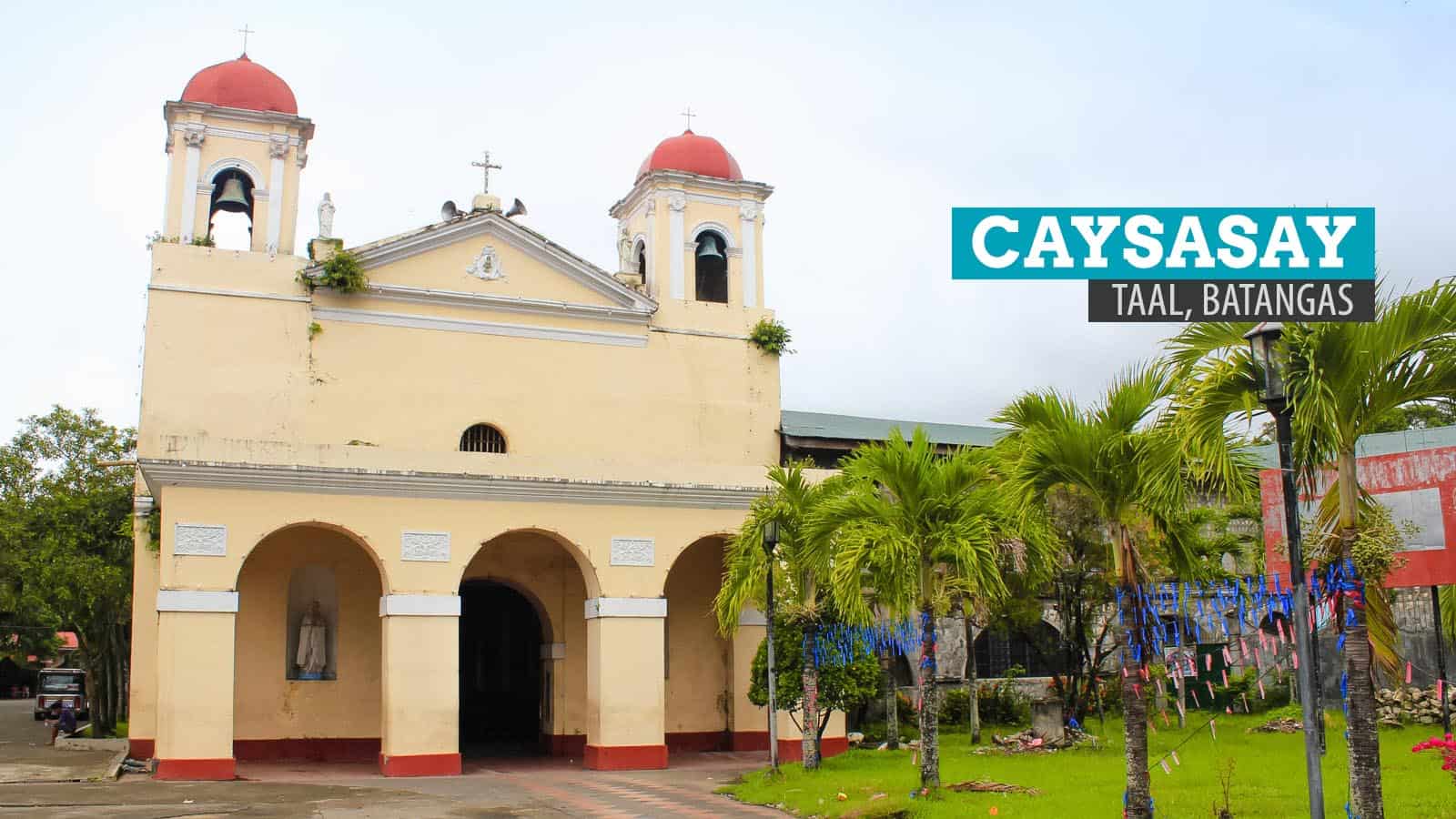Madam Maria Espiritu was tasked by the parish to take care of a small image of the Virgin Mary. She had an urn made where she kept the image. It wasn’t long until Madam Maria noticed that every evening the urn turned empty and the image missing. As if that wasn’t odd enough, the image would return, back in the urn, every morning. The widow reported these strange events to the priest, who joined her in watching after the image. The same thing happened — every evening the image of Mary vanished and every morning it reappeared. One day, the image disappeared and never returned to the urn.
This is just one of the many mysterious and intriguing occurrences that surround the small image of Our Lady of Caysasay.
Our Lady of Caysasay Shrine
Located in Barangay Labac in Taal, the Shrine of Our Lady of Caysasay stands on the banks of the Pansipit River. This quiet little barrio took its name from endemic silvery kingfishers which abound in the area. In Tagalog, this bird is called kasay-kasay. These birds will also appear with the Virgin Mary in one of her alleged apparitions in the area.
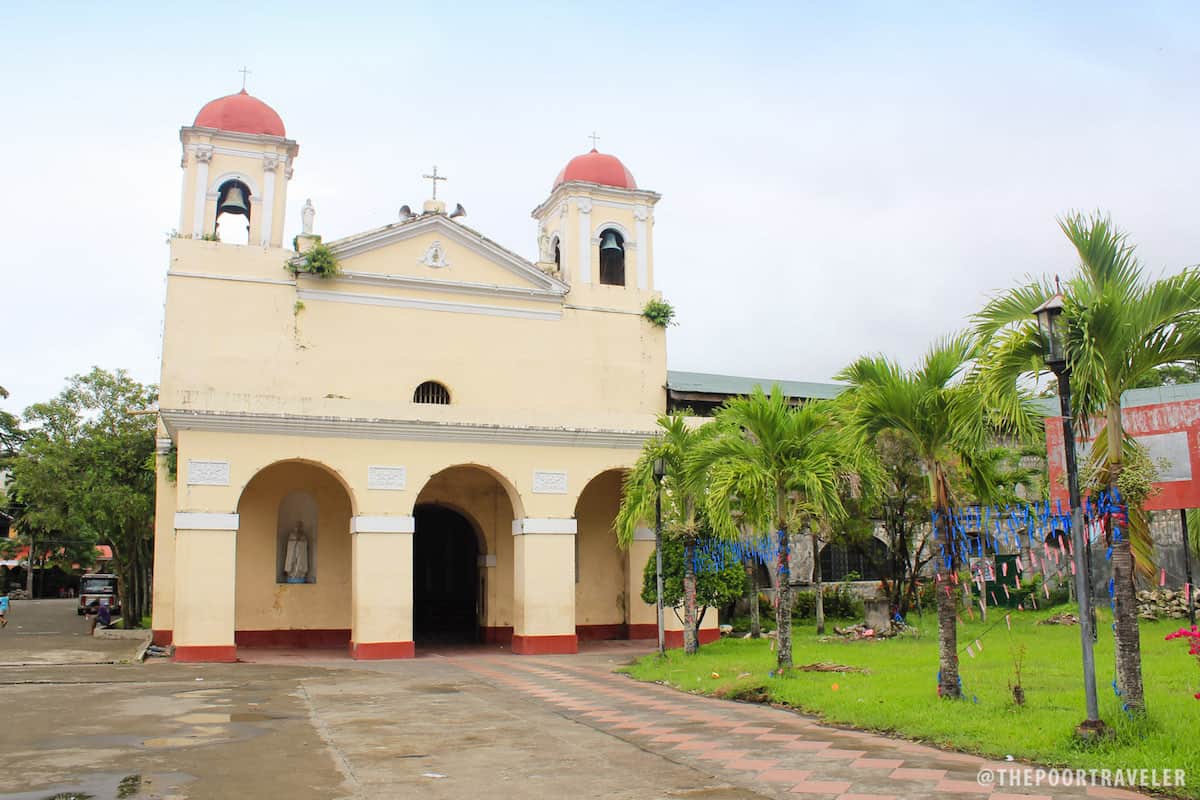
The Our Lady of Caysasay Shrine is a chapel built to shelter and honor the 17th century image of the Virgin Mary that many residents and devotees venerate. Compared to neighboring Taal Basilica, this chapel is definitely smaller and less old but it still possesses an appeal on its own. From the gate entrance, three lanes of tiles laid tip-to-tip like series of diamonds lead visitors to the chapel’s main door. The predominantly beige facade features four rectangular columns that form three tunnel-shaped arches. It is crowned by two bell towers with red roofs and crucifixes.
Inside are two lanes of pews arranged on the argyle (?) patterned floor. Its octagonal dome looks magnificent with its ceiling painted with almost black and white images from the Bible. The windowed and balustraded dome also throws light to the main altar below, which is the centerpiece of the chapel’s interior. It has six columns, two images of angels, and the image of Our Lady of Caysasay in the middle.
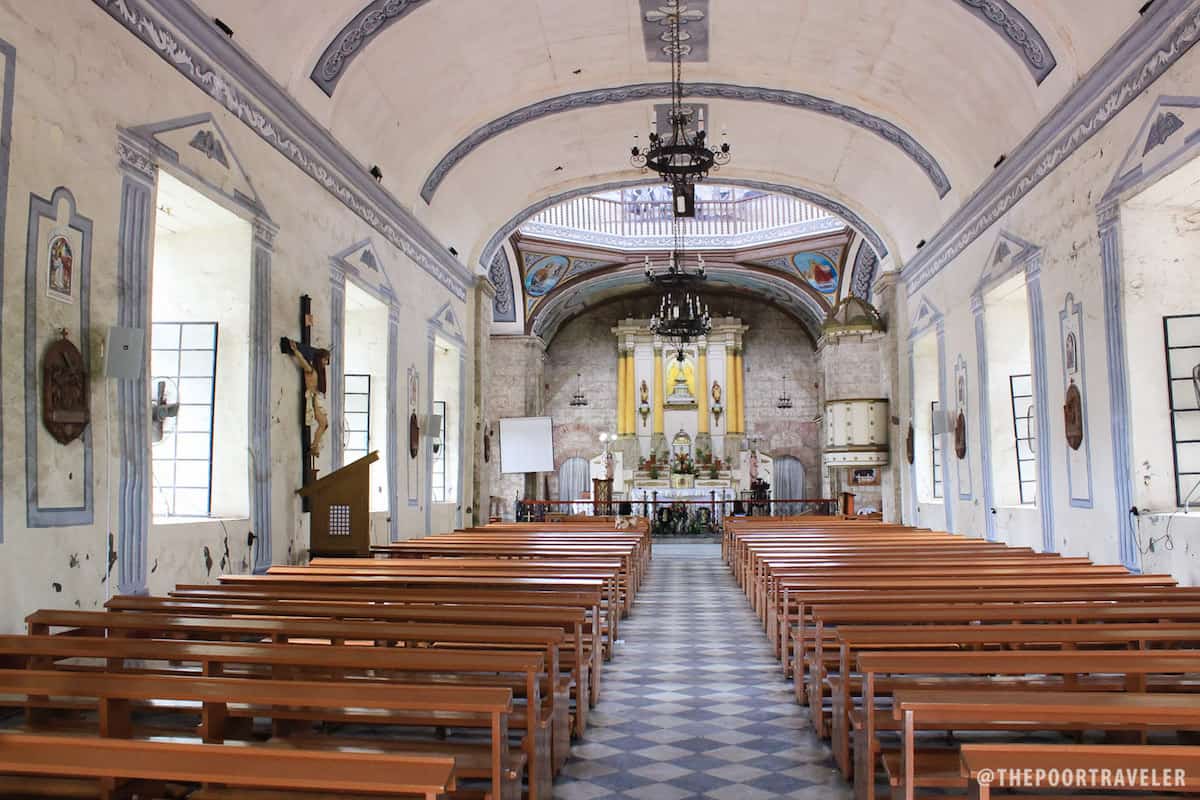
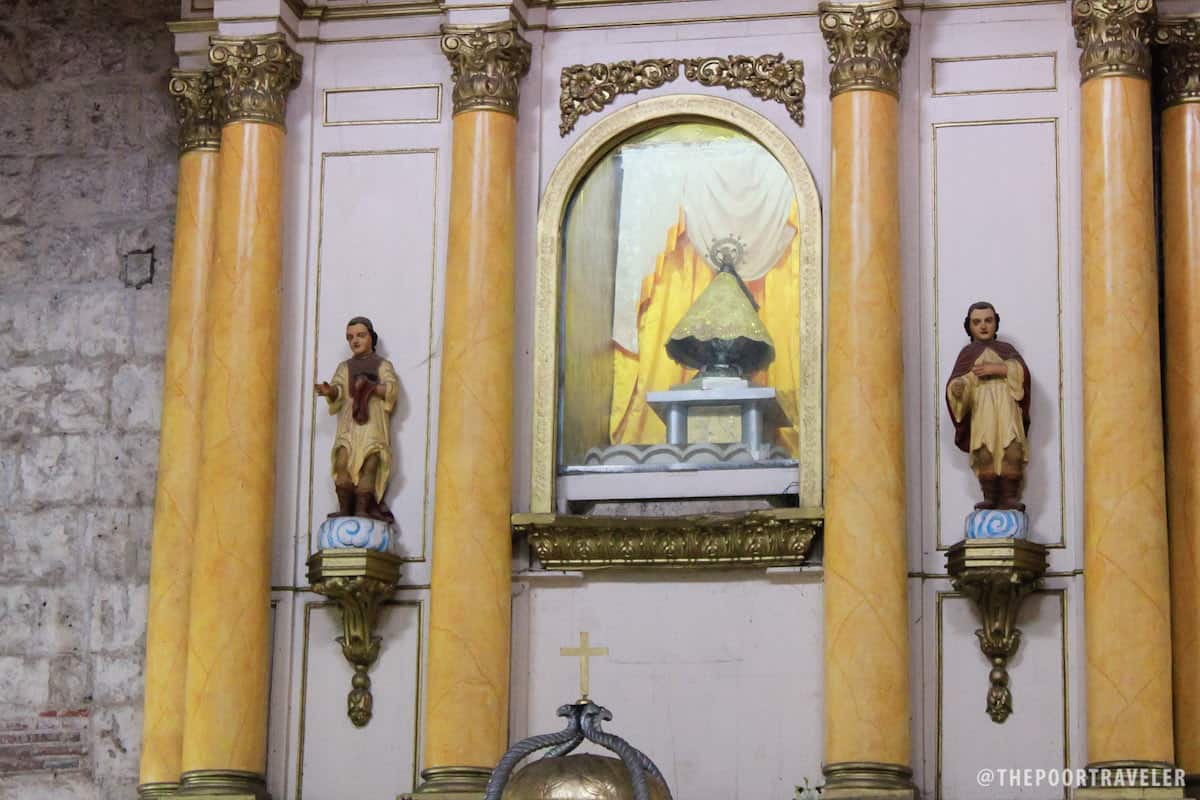
I remember when I was a kid, my family would fall in line from the side of the church through the staircase all the way to the second floor at the back of the church for our turn to honor the Lady. Lemery, the town where I grew up in, was just on the other side of the Pansipit River.
While I appreciated the “old” look and feel of the place, the church could really use a little restoration and maintenance. It was sad to see the paint of its walls peel off, especially that of the image of Juan Maningcad.
Juan Maningcad and the Image of the Blessed Virgin Mary
There was a vivid picture of Juan Maningcad painted on one wall of the Shrine. Juan Maningcad was a fisherman, who, one day in 1603, went fishing in the Pansipit River. He was shocked to see that his net had caught a small image of the Virgin Mary. The foot-tall image glowed and sparkled that Maningcad bowed down and prayed.
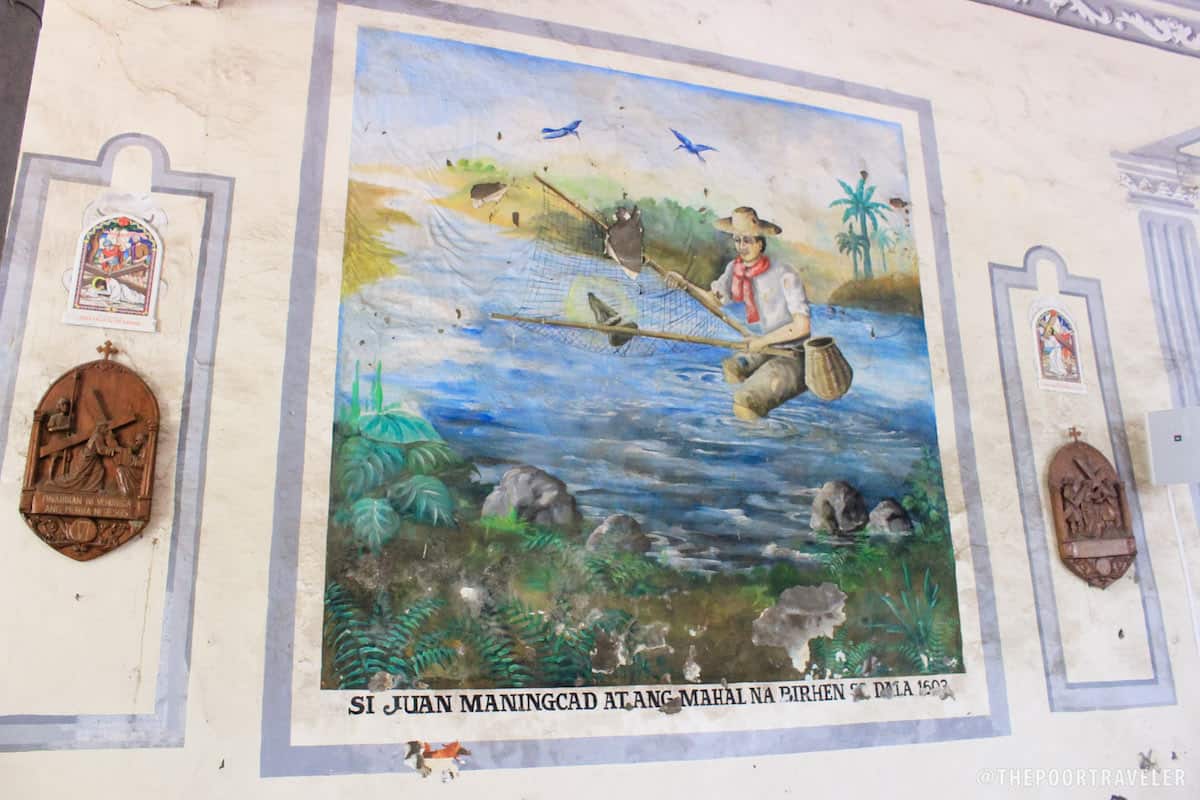
The Parish Priest learned about the event and upon seeing the image he, too, prostrated and adored it. He then tasked Madam Maria Espiritu to look after the image. Maria then discovered that the image would disappear in the evening and reappear in the morning. One day, the image did not return at all.
The story of the disappearing image of the Lady does not end here. The image is currently displayed at the chapel so that means that the people of Caysasay found it. Where, you ask? Read on.
San Lorenzo Ruiz Steps
Just behind the chapel, you’ll find 125 steps. Yes, we counted. Originally made of adobe stone, these steps were replaced with granite in 1850.
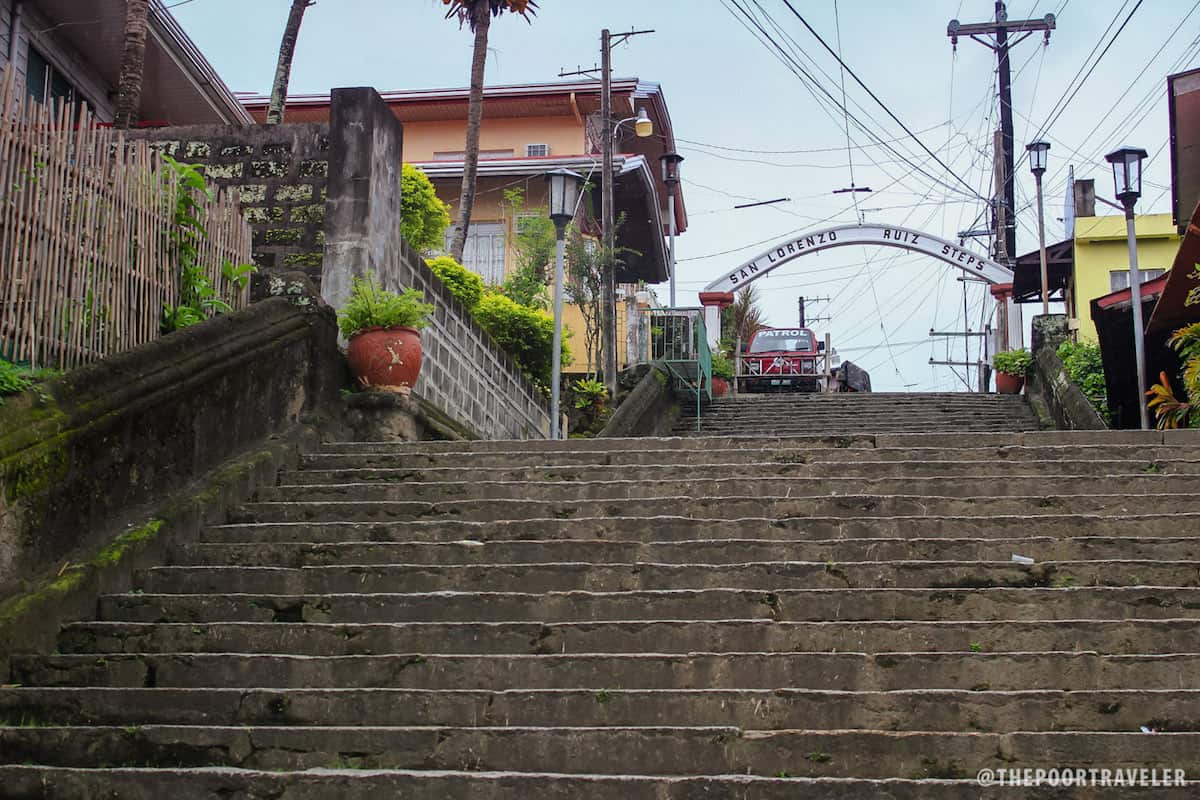
If you’re at Taal Basilica and you wish to visit the Caysasay Church, this is the way to go instead of hiring a tricycle. You wouldn’t mind the walk, I’m sure, because you will also get to see several historical sites and landmarks including the Goco and Villavicencio ancestral houses along the way. You can also climb these steps if you’re going to the Park from the Caysasay Shrine although it may be a little bit exhausting.
From one of these steps, one may reach the Sacred Well of Sta. Lucia, which is believed to be miraculous. There are no obvious signs going to the well so you might need to ask a local. Not to worry because on both sides of the Steps are residential areas and somewhere here lies a passageway to the sacred site.
The Apparitions of Our Lady of Caysasay
In 1611, a native girl by the name of Catalina Talayn was by the spring at a hillside not far from where the image of the Lady was originally found to gather firewood and fetch water when she saw the image of the Lady brilliantly reflected in the springwater. She told her companion about her vision, who fled the scene with her. Local stories narrate that the two women saw the Lady with two candles on her side on a Sampaga tree branch, surrounded by kasay-kasay birds (casay-casay, kingfisher). It was just the beginning of the series of sightings of a brilliant light near the spring.
The people of Taal quickly regarded the apparition to be of the Lady of Caysasay. The water coming from the spring was believed to have miraculous properties especially after Juana Tangui, a native who had lived all her life with a terrible eye disease, was healed in front of many eyewitnesses. In a cave at the site, they found an image of the Virgin Mary — the exact same image that Juan Maningcad fished out of the river, the exact image that magically disappeared and reappeared for several evenings and mornings and then disappeared and never returned again several years earlier.
Banal na Pook: The Sta. Lucia Well Today
Today, the site is marked by a huge arch made of coral stone, crowned with a bas relief of the Lady. The arch stands on top of the 11-ft deep wells. At its mouth, devotees and tourists light candles. While the site remains blanketed with thick vegetation and the spring continues to produce water, one has to pass through a residential area to get here from the Our Lady of Caysasay Shrine. An inconspicuously narrow walkway on the side of the San Lorenzo Ruiz Steps leads to the site. If you don’t know your way around, it is very unlikely that you will find it unless you ask a local.
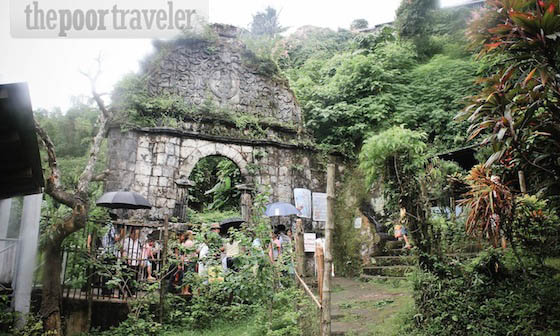
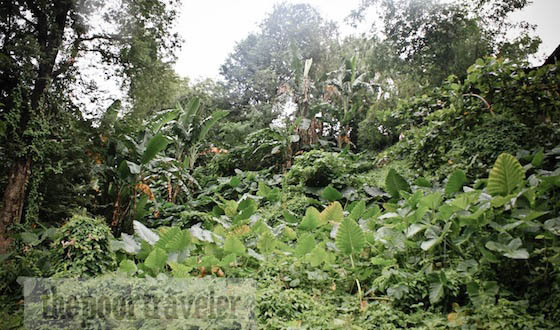
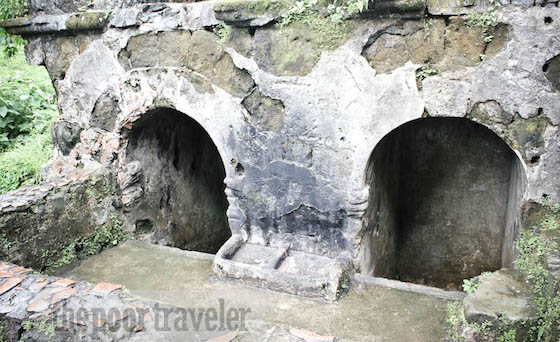
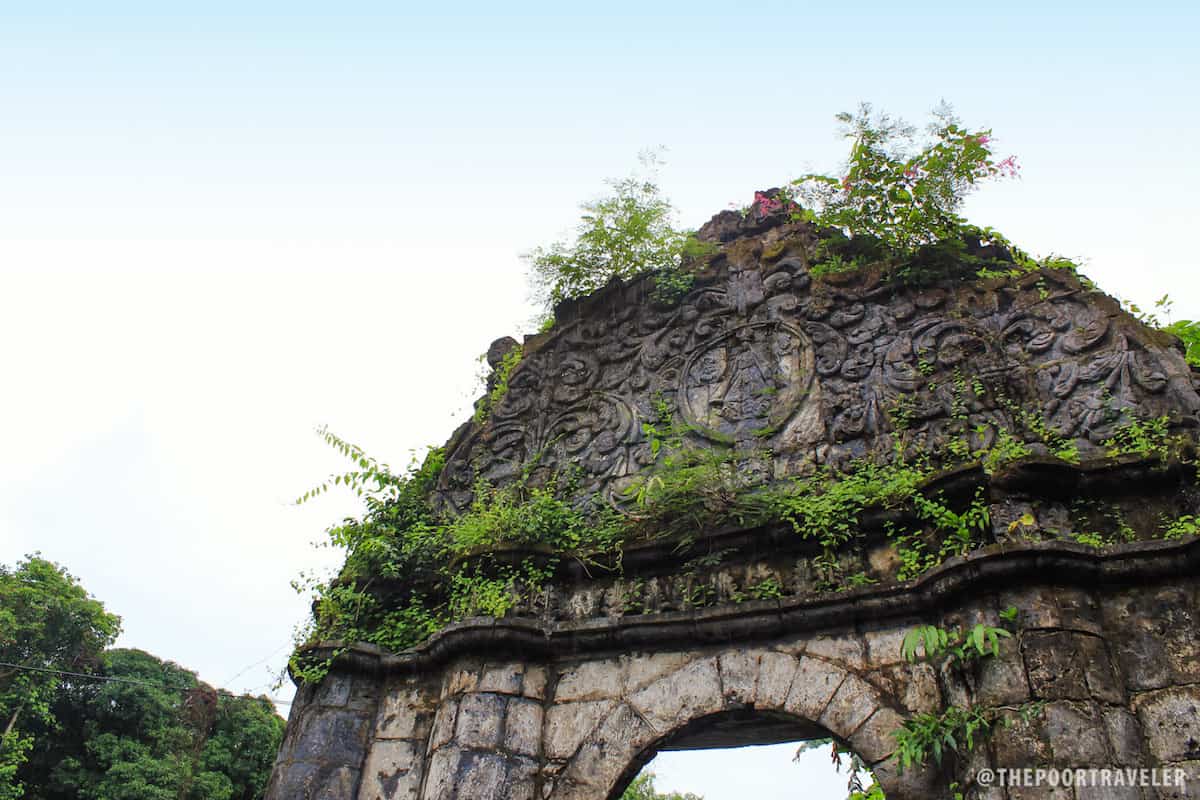
Although the site itself remains captivating, I couldn’t help but be saddened by the garbage scattered around the site. Knowing that some people use the water here for bathing or drinking for its miraculous healing power, I couldn’t help but feel slightly worried about the safety of it. I hope the local government will do something to maintain and protect the site and that the people living in the area would mind their disposal of solid waste.
In Batangas we call this place “Banal na Pook”. (We pronounce it “Banal na Pu-ok,” by the way.) I have lots of memories of this place as it has been an annual event for our family to visit this place every Good Friday for our Visita Iglesia. I may not be a religious person but I look forward to seeing the local government of Taal and its people working together in improving the overall condition of both the Caysasay Shrine and the Sta. Lucia Well and respecting their sanctity if not their cultural, historical, and religious importance.
Posted: 2012 • 4 • 29
Top Hotels and Resorts in Batangas
According to Agoda review scores.
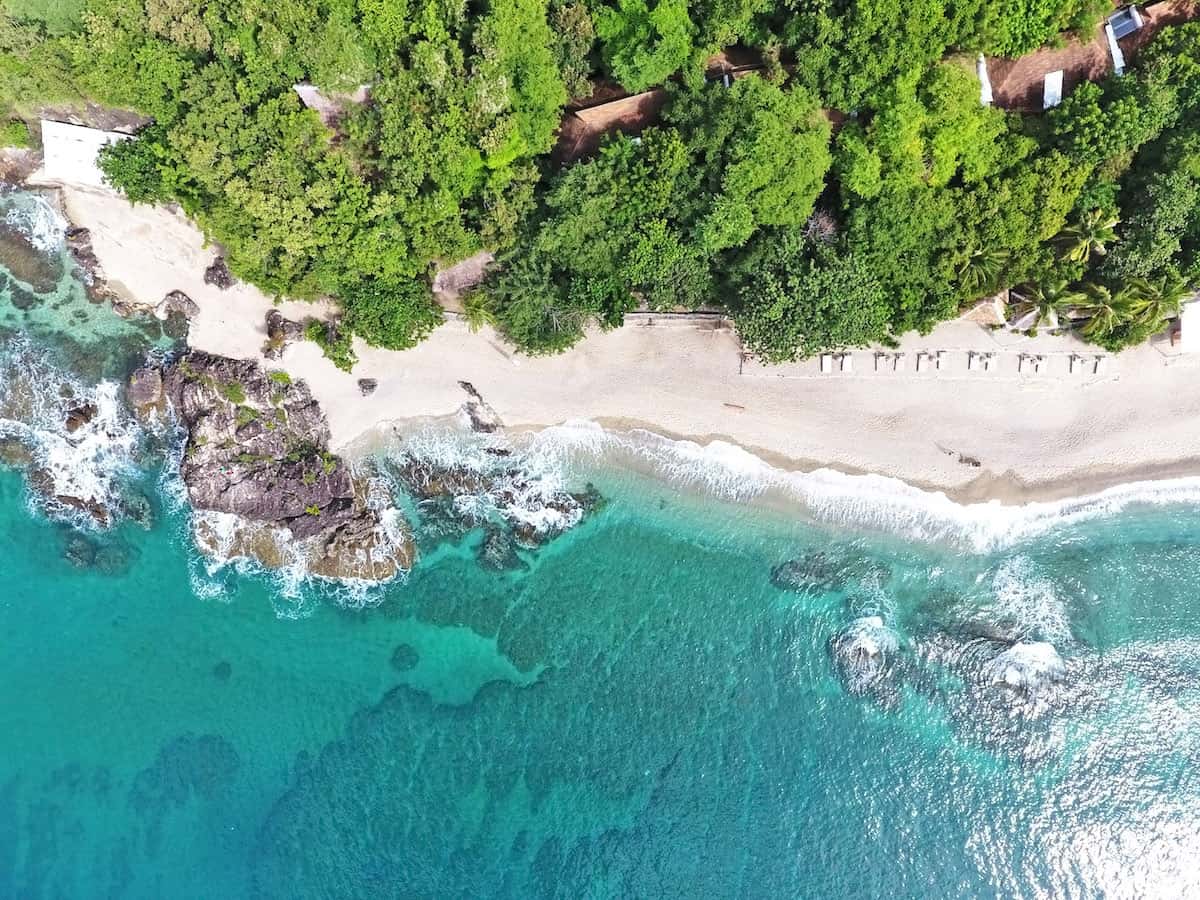
- Acuaverde Beach Resort & Hotel Inc. Check Rates & Availability! ✅
- Virgin Beach Resort. Check Rates & Availability! ✅
- NDN Grand Hotel. Check Rates & Availability! ✅
- Palm Beach Resort. Check Rates & Availability! ✅
- Cintai – Coritos Garden Hotel. Check Rates & Availability! ✅
Search for more Batangas Accommodations!
How to get to Caysasay Shrine: From Manila, take a Lemery-bound bus (P150++). Check with the driver if the bus is passing through Taal Town Proper. If so, get off at the Taal Park. Your landmark is the colossal Taal Basilica and you shouldn’t miss that ‘coz it’s massive. From the park, take the side alley of 7-Eleven, turn left towards the end of the road until you see the San Lorenzo Ruiz Steps on your right. Climb down the stairs and you’ll find the Our Lady of Caysasay Shrine at the base.
If the bus is set to skip the Taal Town Proper, get off at the Taal Lemery Bypass Junction and take a jeepney from there. If you miss this junction (which you shouldn’t unless you sleep at this point of the trip!), alight at Lemery Terminal (P150++) and take a tricycle to the “Lumang Palengke” (P10-P15). Tell the trike driver to drop you off at the boat going to Caysasay. Once there, cross the river on a boat (P3), walk down the left alley and then turn right and you’ll come out the street facing the Caysasay Shrine.
Note: The author does not necessarily believe in the miracles described in this post. Just sharing.
